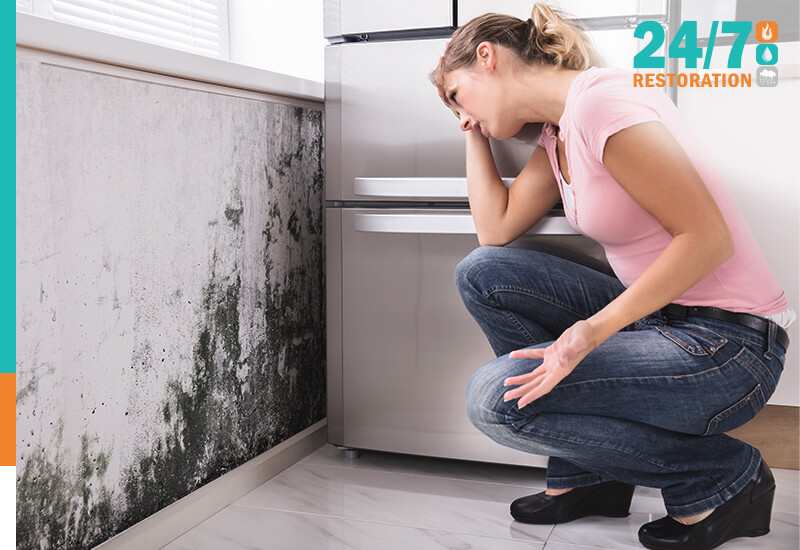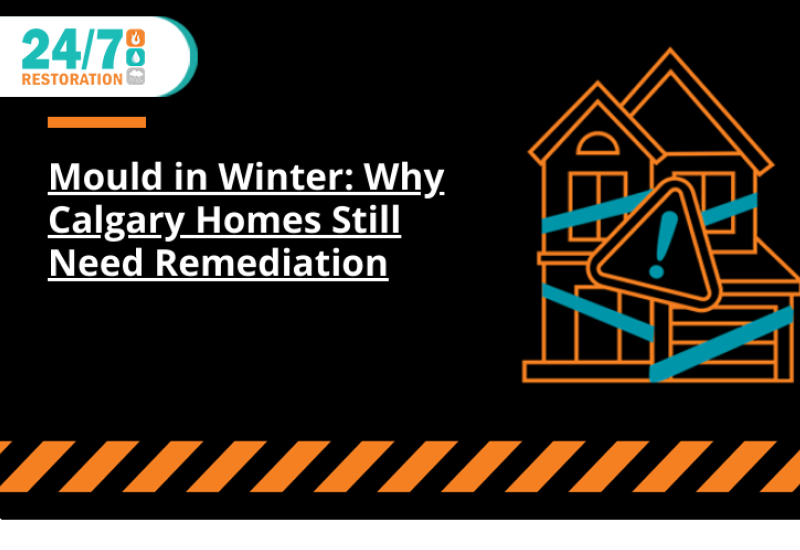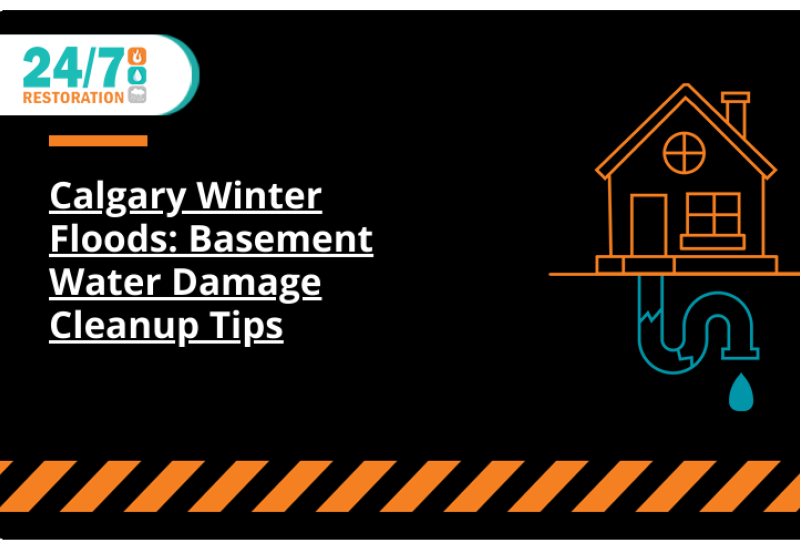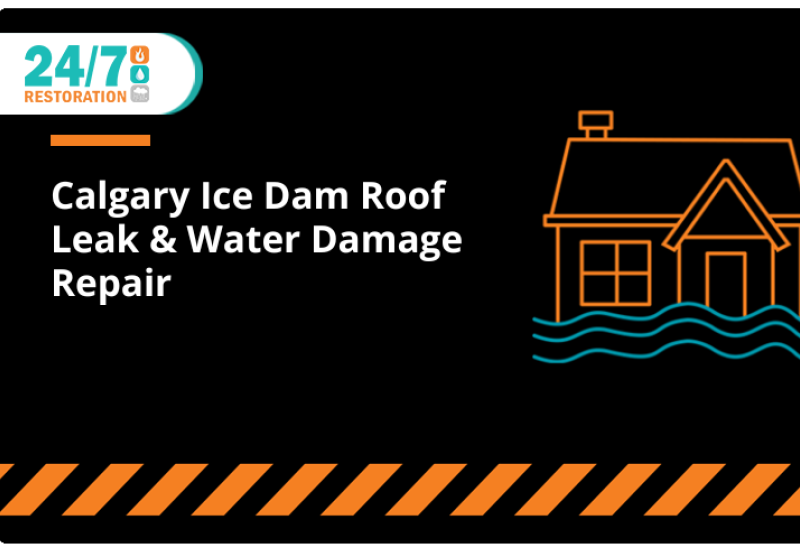How To Control Mold In Your Home
If you carefully peer into the nooks and crannies of your bathrooms or basement, you will most likely find traces of mold. While you are correct that mold spores in small amounts are generally harmless, mold grows fast and can become problematic before you are aware of it. By the time those dark, fuzzy spots become visible in your home and begin emanating an earthy smell, you are already in danger.
Luckily, you can control the growth of mold in your home, especially if you detect the organism early on. Early intervention is necessary to keep mold manageable and can be the difference between a clean healthy home environment and having to pay a professional restoration company for mold remediation.
Mold thrives when exposed to moisture. As such, mold prevention is centered on keeping moisture away from your home. Here is what you can do to keep mold in check before it takes over your home:
- Use dehumidifiers or air conditioners: Mold prosper thanks to moisture. Remove moisture to stop mold cold in its tracks.
- Keep the house warm in cold weather: Cold air releases moisture on your home’s surfaces, which encourages the growth of mold. Keep your air warm to prevent this from happening.
- Add insulation to cold surfaces: If keeping your home warm in the winter is eating into your bills, you can try insulating the exterior walls, windows, and floors. This should also prevent mold from forming.
- Dry wet areas within 24 to 48 hours: This is the amount of time it takes for mold to start growing. Make sure all wet areas are dry to foil its growth.
- Fix leaks: Keeping your home dry will not be possible if water from outside is making its way in.
To specifically keep mold away from your kitchen, you can:
- Use your exhaust fans when cooking: Your fans can move the moisture outside.
- Clean your refrigerator drip pan every 3 months: The drip pan under your refrigerator captures defrosted ice from your freezer, so it is extremely susceptible to mold.
For the basement, you may:
- Install vents on the outside walls: Good ventilation can prevent moisture from depositing in the crawl spaces of your basement.
- Install a vapour barrier: Wall-to-wall carpeting in the basement can be a real breeding ground for mold. If your basement is completely carpeted, consider inserting a vapour barrier or plastic sheeting between the carpet and the concrete flooring underneath.
For a mold-free laundry room, you can:
- Vent your dryer outside: This is consistent with the theme of keeping moisture as far away from your home as possible.
- Dry your clothes quickly: Do not let damp clothes linger in the laundry room. Dry them immediately after washing.
Finally, to control mold in bathrooms, you should:
- Use exhaust fans linked to the outside: The standard bathroom is equipped with exhaust fans connected to the attic. This does not stop mold from forming, as the moisture remains in your home. Instead, install exhaust fans that blow moisture outside.
- Use area rugs to capture moisture: Make sure to wash them regularly as well!
- Leave a window open: This is particularly helpful when you are showering.
Of course, these tips are far from exhaustive. In fact, anything that removes moisture from your home can help combat the formation of mold.
You can effectively control mold in your home if you can minimize moisture in all your rooms. Things you can do include investing in a dehumidifier, fixing leaks, venting your fans outside, and keeping everything nice and dry.
Neglecting these precautions can allow mold to fester in your home. Remember, it can begin growing in as little as 48 hours once moisture settles in!
If you are beginning to experience symptoms of mold sickness, then it may be too late to safely get rid of mold by yourself. You will likely need a specialized home restoration contractor to remove it for you. In the event that you need mold remediation services, connect with 24/7 Restoration by calling at 1-403-247-4365 or by filling out the online contact form. We employ professionals trained in all kinds of hazardous materials removal and work around the clock every day of the week. A third party inspects and clears our work after every remediation to ensure that your home is really restored to its previous condition.
FAQ's
Q: Can mold come back even after mold remediation?
A: Yes. Mold can return even after remediation. That is why you should try to prevent mold from growing in your home in the first place.
Q: How can I be sure that the mold is effectively remediated by 24/7 Restoration?
A: A licensed third party will inspect and provide clearance after remediation. We will also lab-test your home for remaining traces of mold.
Q: Can I clean up mold by myself? If yes, how?
A: You can remove small patches of mold by yourself if you take the right precautions. Wear protective clothing and scrub away the mold with a mixture of detergent and water (not bleach). However, if the moisture problem is not resolved, the mold is likely to return.




